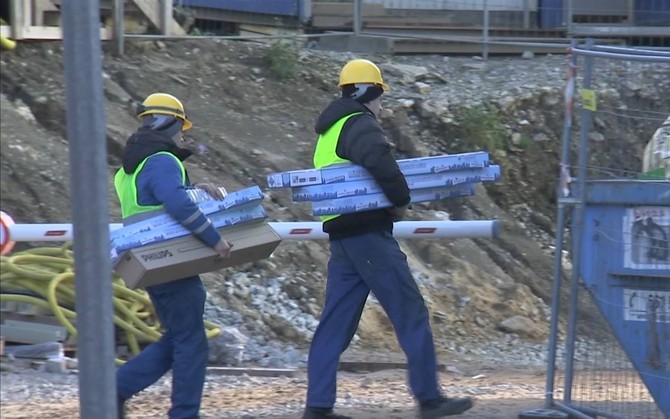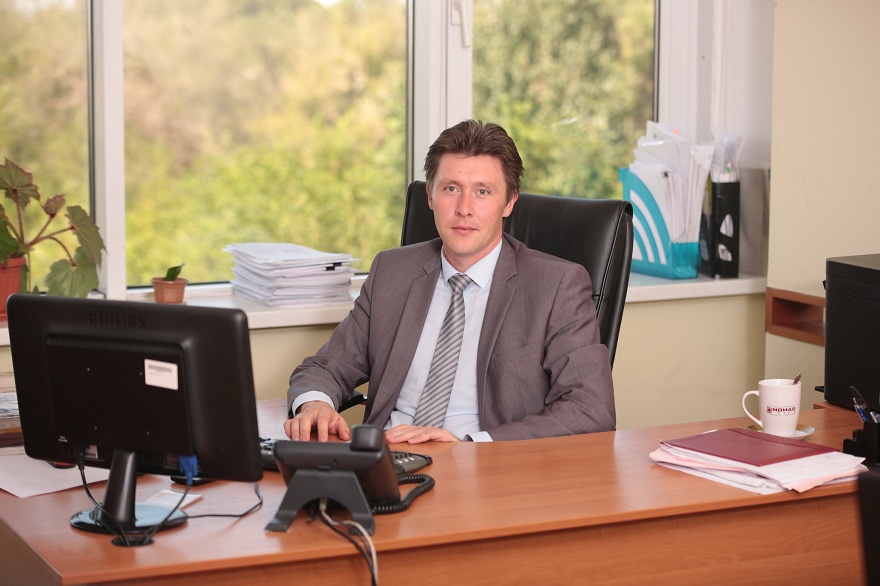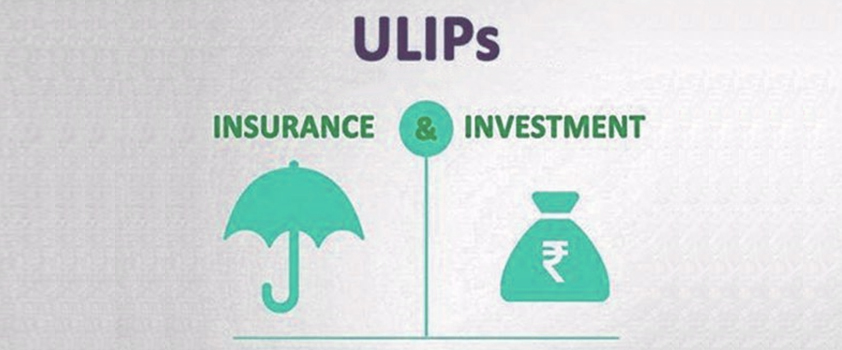The emergence of health and safety incident insurance means the introduction of an insurance tax that the employer will pay. However, according to the vice chancellor of the Ministry of Social Affairs of Estonia Janar Holm, attempts to find a solution that would not increase the tax burden of employers are being made.
"According to calculations, this will amount to 25-54 euros a year per person. Now there is a goal within the next two months together with the Ministry of Finance we need to find opportunities so we do not have to increase labor costs. For example, by redistributing some expenses, or reducing the rates of some taxes. We must also have in mind the fact that after the conversation with the Ministry of Finance it may turn out that there are simply no such options. Then we will look elsewhere", Holm said.
The Estonian Ministry of Finance does not want to comment on the discussion on this stage. The head of the Union of Insurance Companies Mart Jesse suggested that if a new insurance system should arise, it would be prudent to reduce the high unemployment insurance tax to avoid the growth of employers' expenses.
It is not clear yet how the amount due for one person will be formed. There are several options: in the form of a percentage of wages, or a fixed rate per employee, or some special solution for jobs at risk.
Now an employment injury may lead to poverty
Why do we need such insurance? Holm explained that people, who get injured in the workplace, are mostly left with nothing. The purpose is to provide the victim of employment injury with for life income.
"Now they have insurance of sick fund, and some treatment is certainly being done, but for many it means falling into poverty in the future. Very few are suing the employer, because they simply cannot afford it", the vice-chancellor said. If they go to court, the employee will have to prove the guilt of the employer.
For example, in 2004-2015, 111 judgments were rendered, 63 percent of which concerned occupational diseases and 37 percent were occupational accidents. In 67 cases it was decided that the employee should be compensated for losses. However, only in 2016 there were more than 5,000 accidents at work and, most likely, it is far from the total number of incidents occurring in Estonia.
The head of the Confederation of Trade Unions, Peep Peterson, says that the coming system should greatly improve the safety culture in the workplace: "Now we pay the risks in the work environment with the same taxes, and this created a sense of permissiveness. Half of the employers do not care about any sort of risk analysis: it's not their problem if the state pays. We cannot tolerate that any longer: a good employer should be noted and his expenses should decrease in comparison with the expenses of those who do not care about their employees. "
In the present conditions the costs on compensation for diseases resulting from an accident at the workplace or professional activities are mostly covered by the Health Insurance Fund and the Social Insurance Board. Responsibility of employers is low. Under the new plan, the insurance would cover the costs of treatment and rehabilitation of the injured, and also guarantee him a monthly income.
"How big a monthly compensation could be is a matter of further discussion", Holm said. The cost of the entire system can be about 31 million euros per year in prices as of 2016, but the exact cost depends on what decisions will be made.
The planned insurance should reduce the risks of the employer as well. "Today employers do not feel this, because very few people go to court. However, the amounts they demand in court are usually very large", Holm said.
According to Jesse, a good insurance system should motivate employers to make the working environment and workflow safer. "Thus, taxes on insurance should be based on an individual level of the employer's risk in order to interest him in improving the working environment", said Jesse.
Private or Public Insurance?
It is also discussed whether to make such insurance private or publicly legal. Holm rather tends to private insurance.
"In the private insurance market this product is already available: in many Scandinavian countries, employers are required to insure their employees. It is also possible that this will partially be private insurance, and partly - public-law", said the vice-chancellor.
"We need a cat that catches mice; and the presence of stripes, its color and sex are irrelevant. The Central Union of Employers has already been fooling the public for more than 20 years on this matter, demanding one or another", Peterson said. According to him, the private insurance is preferable to the fact that the system can be launched much faster, as the service already exists on the market.
And Mart Jesse said that since insurers already offer health and safety incident, and more and more enterprises realize the need to reduce their risks, most of the necessary infrastructure and competence is already available, and the system does not need to be built from scratch.
"However, I do not believe that too many disputes can arise. If the law is clearly formulated on what case, to whom and how much must be paid, there is not much room for discussion should be left", said Jesse.
He cited the example that more than 35,000 insurance cases occur every year in liability insurance, and less than 200 of them fall into insurance treaty bodies, where only a few of them are associated with personal damage: "The liability insurance system works very well and in the interests of the injured, and there is no reason to think that in the case of health and safety insurance, everything should go differently, "says Jesse.
Source: https://rus.postimees.ee/4451905/dlya-rabotnikov-poyavitsya-novaya-strahovka
Photo per website: rus.err.ee





